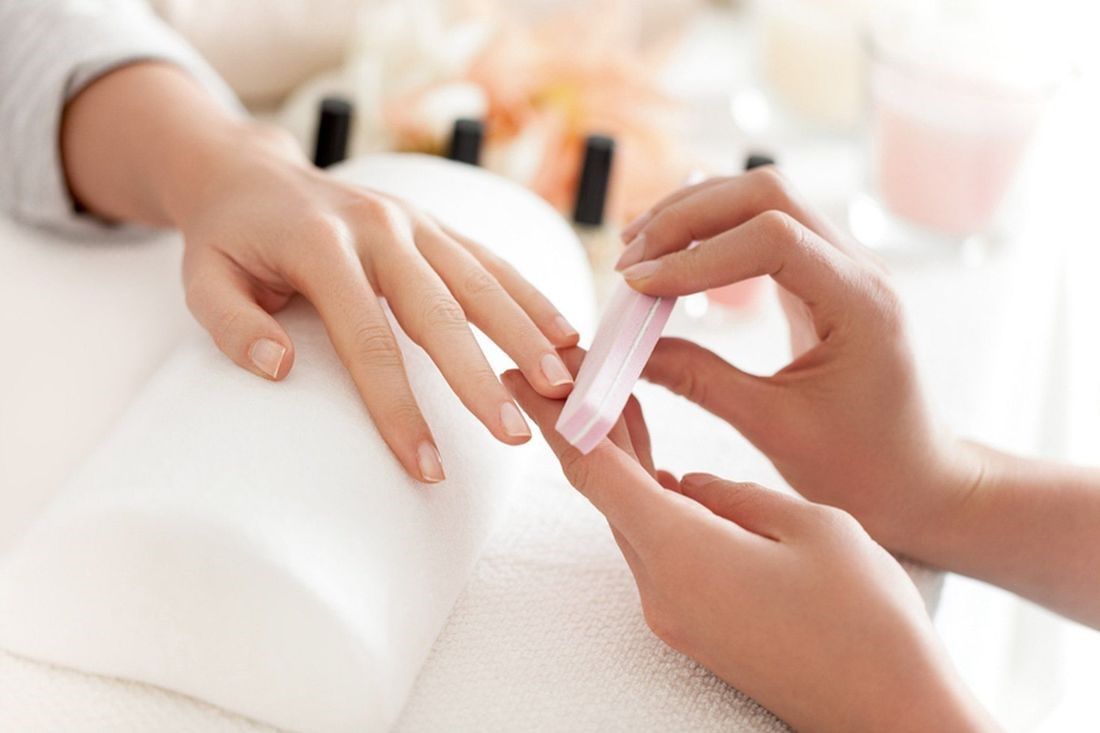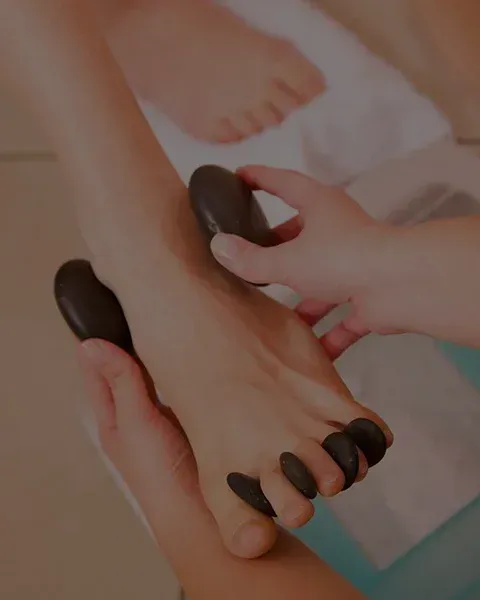June 18, 2024
Is there anything that is more relaxing than soaking your feet and getting a pedicure? It’s a refreshing experience even for people with diabetes! If you have diabetes, you know that the legs and feet can be affected by the disease in multiple ways including, Numbness Tingling Neuropathy Ulcers Thick toe nails and more Diabetes can reduce blood circulation and damage the nerves to the feet. By taking proper care of your feet with a regular pedicure from our natural nail salon , foot problems can be avoided. Here we’ve listed a few pedicure safety tips for diabetics to reduce infection risks and enjoy a more pleasant experience. Consult your doctor prior to your nail appointment, if you currently have any infections, cuts, or open sores on your legs, feet, or toenails. Avoid shaving your legs for a day or two before your pedicure as it can leave tiny nicks in your skin which increases the chances of infection. Choose a salon that is clean and follows impeccable sanitation and sterilization procedures. Make sure that the foot baths, clippers, and other tools are cleaned and disinfected between customers. Schedule a morning appointment so that you are one of the first customers. Request for a CMP nail technician, they can customize their nail services and be very gentle and avoid doing anything that can scratch or injure the skin. Skip any nail services that can injure your skin, and avoid any sharp instruments on your skin or under your toenails. Ask the nail technician to be very gentle as vigorous scrubbing can easily scratch or leave microscopic tears in the skin, making you more susceptible to infection. Daily foot care for diabetics. Check your feet daily for signs of swelling, redness or heat – these may be signs of infection. Wash your feet daily and dry well between the toes. Ask your CMP about products that will prevent the problematic moisture between your toes. Ask your CMP about moisturizing products designed for dry skin, especially cracked heels but not between the toes. Never go barefoot. Avoid injury by wearing well-fitting, protective shoes – do not wear open-toed shoes. Keep toenails trimmed. Cut toenails along the shape of the toe and file rough edges.





